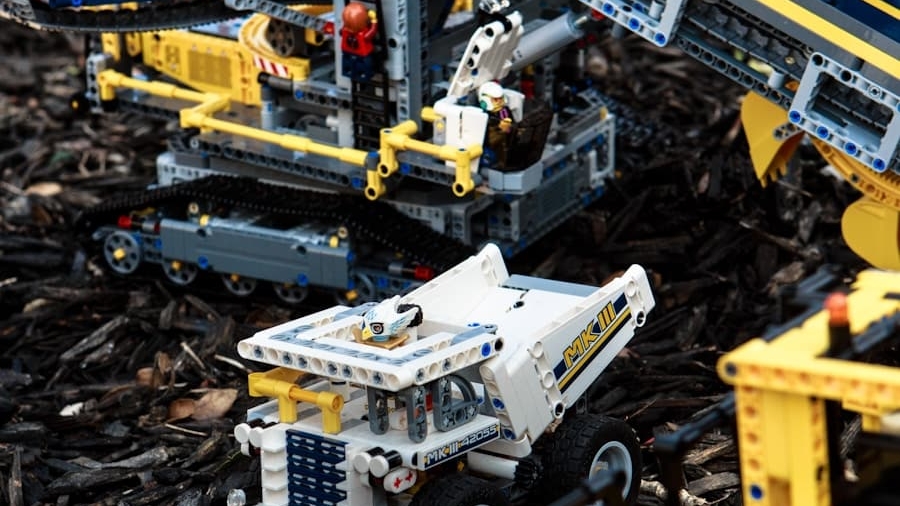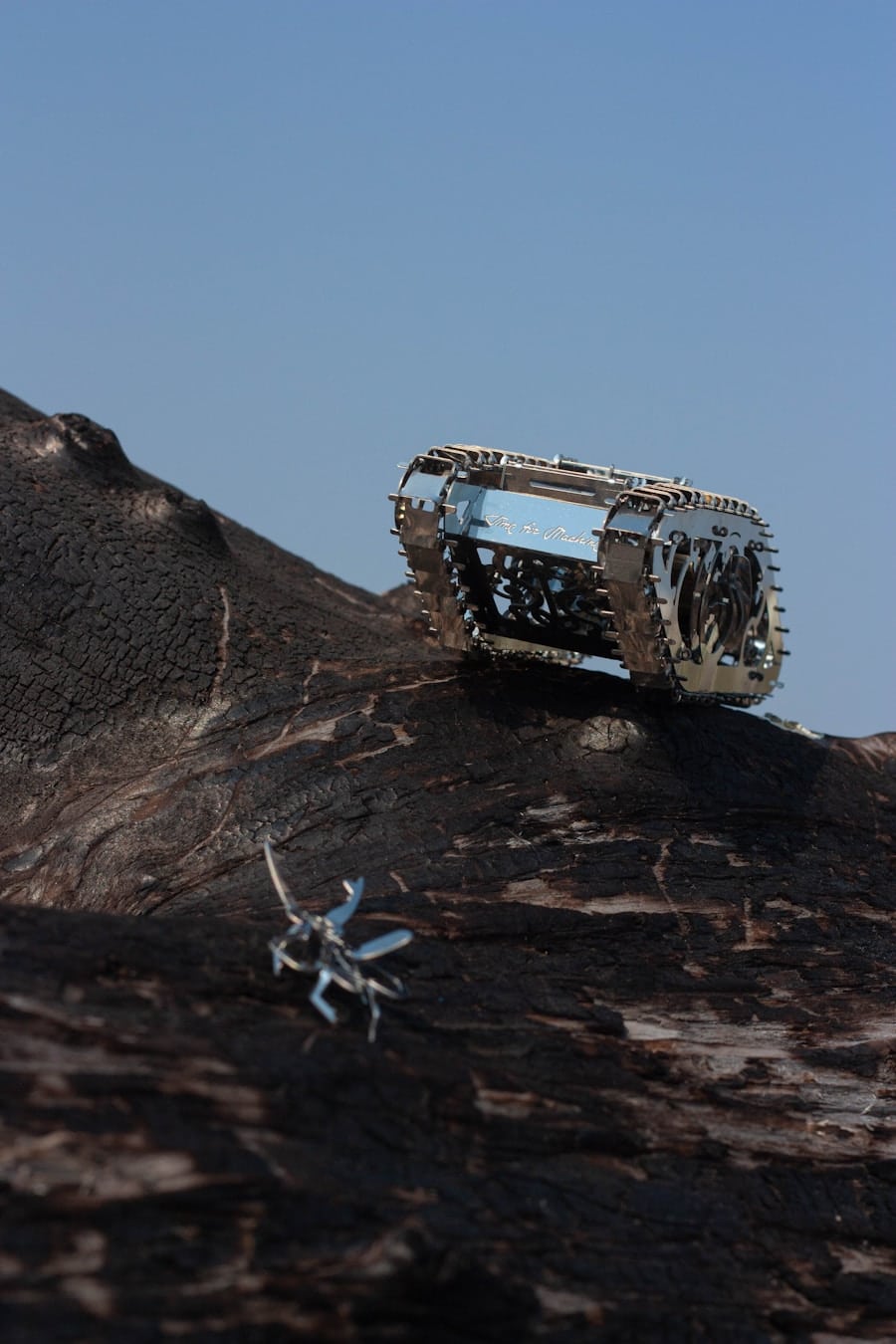The mining industry has long been recognized as one of the most hazardous sectors, with workers facing numerous risks ranging from cave-ins and equipment failures to exposure to toxic substances. As the demand for minerals and resources continues to rise, so does the imperative to enhance safety measures within this challenging environment. In recent years, the integration of robotics into mining operations has emerged as a transformative solution aimed at mitigating these risks.
Robotics in mining safety encompasses a wide array of technologies designed to protect human workers, streamline operations, and improve overall safety protocols. The advent of robotics in mining is not merely a trend; it represents a significant shift in how mining companies approach safety and operational efficiency. By leveraging advanced technologies such as autonomous vehicles, drones, and robotic arms, the industry is beginning to redefine traditional practices.
As mining operations become increasingly automated, the role of robotics in ensuring safety is expected to grow, paving the way for a new era in mining practices.
Key Takeaways
- Robotics in mining safety enhances worker safety by reducing the need for human presence in hazardous environments.
- Advantages of using robotics in mining operations include increased efficiency, accuracy, and the ability to access hard-to-reach areas.
- Types of robotics used in mining safety protocols include autonomous vehicles, drones, and robotic arms for material handling.
- Applications of robotics in mining safety range from surveying and mapping to equipment maintenance and emergency response.
- Challenges and limitations of implementing robotics in mining safety include high initial costs, technological limitations, and the need for specialized training for workers.
Advantages of Using Robotics in Mining Operations
The advantages of incorporating robotics into mining operations are manifold, particularly when it comes to enhancing safety protocols. One of the most significant benefits is the reduction of human exposure to dangerous environments. By deploying robots to perform tasks that would typically require human intervention, mining companies can minimize the risk of accidents and injuries.
For instance, robotic systems can be utilized for tasks such as drilling, blasting, and transporting materials, allowing human workers to remain at a safe distance from potential hazards. Moreover, robotics can improve operational efficiency by optimizing workflows and reducing downtime. Automated systems can operate continuously without the need for breaks, leading to increased productivity.
For example, autonomous haul trucks can transport ore from the mine face to processing facilities without human drivers, ensuring a steady flow of materials while reducing the likelihood of accidents caused by human error. This not only enhances safety but also contributes to cost savings for mining companies, making robotics an attractive investment.
Types of Robotics Used in Mining Safety Protocols
Various types of robotics are employed in mining safety protocols, each designed to address specific challenges within the industry. One prominent category is autonomous vehicles, which include self-driving trucks and drones. These vehicles are equipped with advanced sensors and navigation systems that allow them to operate safely in complex environments.
For instance, drones can be used for aerial surveys and inspections, providing real-time data on site conditions without putting personnel at risk. Another important type of robotics in mining is teleoperated machinery. This technology allows operators to control equipment remotely from a safe location, effectively removing them from hazardous areas.
Teleoperated excavators and loaders can perform tasks such as digging and material handling while the operator remains in a secure control room. This capability is particularly valuable in underground mining operations where conditions can be unpredictable and dangerous.
Applications of Robotics in Mining Safety
The applications of robotics in mining safety are diverse and continually expanding as technology advances. One notable application is in monitoring and inspection processes. Robots equipped with cameras and sensors can conduct regular inspections of mining sites, identifying potential hazards such as structural weaknesses or gas leaks.
This proactive approach enables companies to address issues before they escalate into serious incidents. Additionally, robotics play a crucial role in emergency response scenarios. In the event of an accident or disaster, robots can be deployed to assess the situation and locate trapped workers without endangering rescue teams.
For example, ground-based robots can navigate through debris to search for survivors, while drones can provide aerial views of the site to help coordinate rescue efforts. This capability not only enhances the chances of successful rescues but also ensures that human responders are not exposed to unnecessary risks.
Challenges and Limitations of Implementing Robotics in Mining Safety
Despite the numerous advantages of robotics in mining safety, several challenges and limitations must be addressed for successful implementation. One significant hurdle is the high initial cost associated with acquiring and integrating robotic systems into existing operations.
Furthermore, there are technical challenges related to the harsh environments found in mining operations. Dust, moisture, and extreme temperatures can adversely affect the performance and longevity of robotic systems. Ensuring that these machines can withstand such conditions requires ongoing research and development efforts.
Additionally, there may be resistance from workers who fear job displacement due to automation. Addressing these concerns through training and education is essential for fostering a culture that embraces technological advancements.
Case Studies of Successful Implementation of Robotics in Mining Safety
Autonomous Haul Trucks: A Game-Changer in Safety and Productivity
The company has deployed a fleet of autonomous trucks that transport ore from mines to processing facilities without human drivers. This initiative has not only improved safety by reducing the risk of accidents but has also increased productivity by allowing for continuous operation.
Remote-Controlled Equipment: A Key to Reducing Worker Exposure
Another compelling case is that of Barrick Gold’s use of remote-controlled equipment. By employing teleoperated loaders and drills, Barrick Gold has significantly reduced worker exposure to hazardous conditions while maintaining operational efficiency.
Tangible Benefits: A Marked Decrease in Injury Rates
The company reported a marked decrease in injury rates following the introduction of these technologies, demonstrating the tangible benefits of robotics in enhancing safety protocols.
Future Trends and Developments in Robotics for Mining Safety
As technology continues to evolve, several trends are emerging that will shape the future of robotics in mining safety. One key trend is the increasing integration of artificial intelligence (AI) into robotic systems. AI algorithms can analyze vast amounts of data collected by sensors and cameras, enabling robots to make real-time decisions based on their environment.
This capability will enhance the autonomy and effectiveness of robotic systems in performing complex tasks while ensuring safety. Another promising development is the advancement of collaborative robots or cobots that work alongside human operators. These robots are designed to assist rather than replace human workers, enhancing productivity while maintaining safety standards.
For instance, cobots could be used for heavy lifting or repetitive tasks, allowing workers to focus on more complex activities that require human judgment and expertise.
The Impact of Robotics on Enhancing Mining Safety Protocols
The integration of robotics into mining safety protocols represents a significant advancement in addressing the inherent risks associated with this industry. By reducing human exposure to dangerous environments and optimizing operational efficiency, robotics have the potential to transform how mining companies approach safety measures. As technology continues to evolve, the future holds promise for even greater advancements that will further enhance safety protocols and protect workers in this challenging field.
The impact of robotics on mining safety extends beyond immediate benefits; it fosters a culture of innovation within the industry that prioritizes worker well-being while driving operational excellence. As companies continue to explore new applications for robotic technologies, it is clear that the future of mining will be shaped by these advancements, ultimately leading to safer and more efficient operations worldwide.




